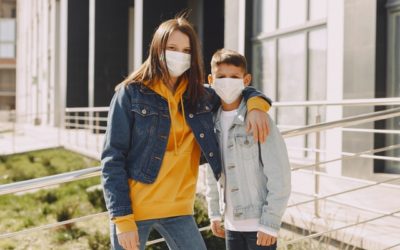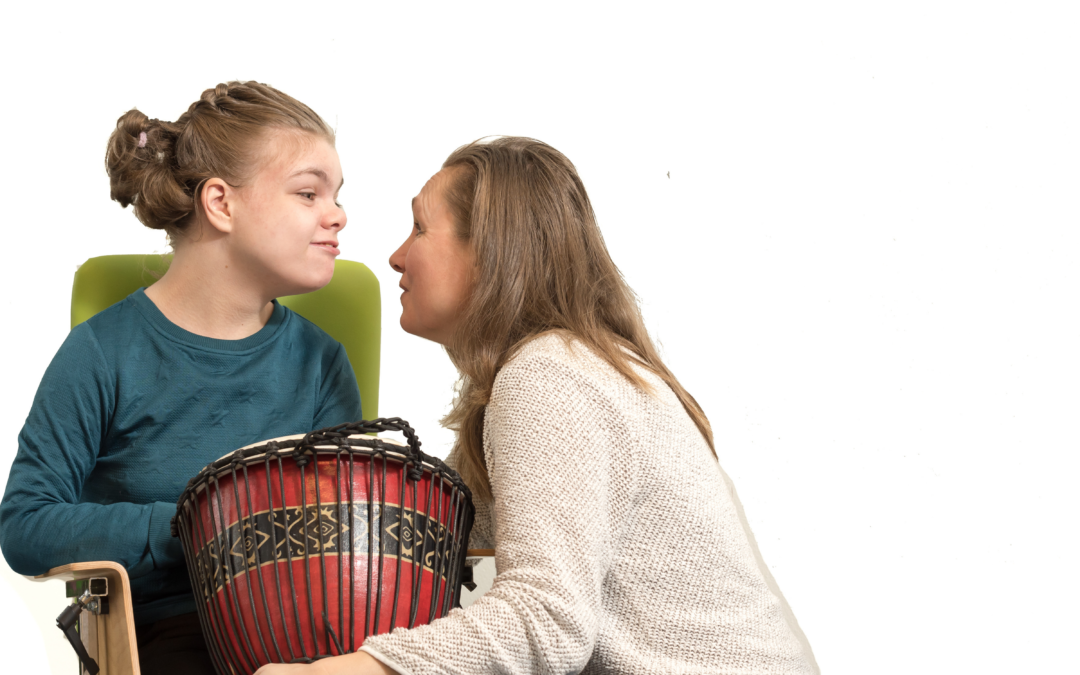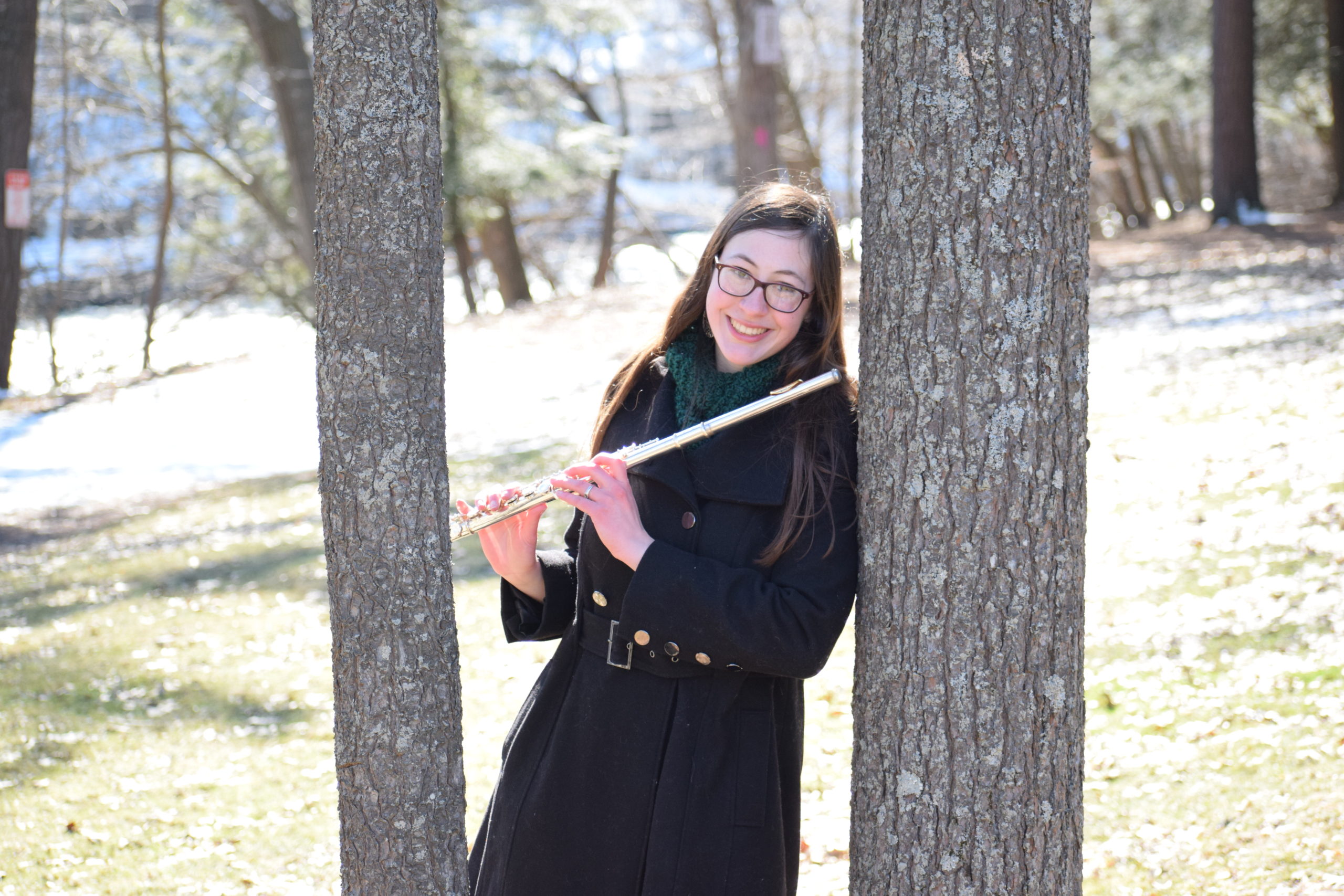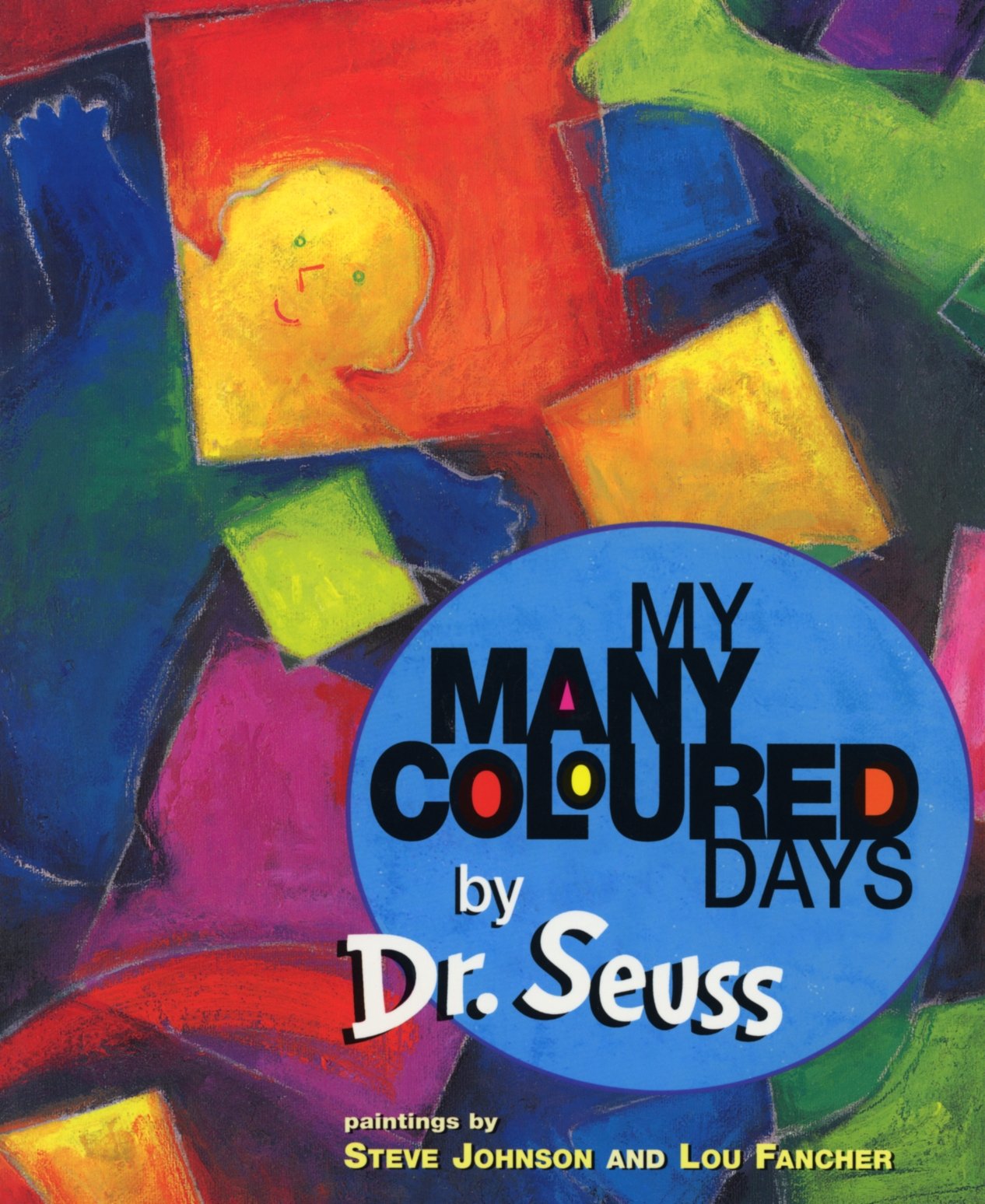One of our top priorities since the middle of March has been to carefully watch for the emotional wellbeing of our students, and their families once we began remote therapy sessions. As children were approved by each school district to receive music therapy through a...

Book: Snuggle Puppy
Blog post and recording by Kayla Davitt, MT-BC
Valentine’s Day is a day to celebrate love. Boxes of chocolates, flowers, and cards are a few examples of gifts that come to mind. For myself, I never would have thought to give the gift of a book for Valentine’s Day. However, Snuggle Puppy by Sandra Boynton is the PERFECT gift if you are a parent to a young child. This book does not distinguish whether the parent dog is a mother or father which makes it readable for all parents.
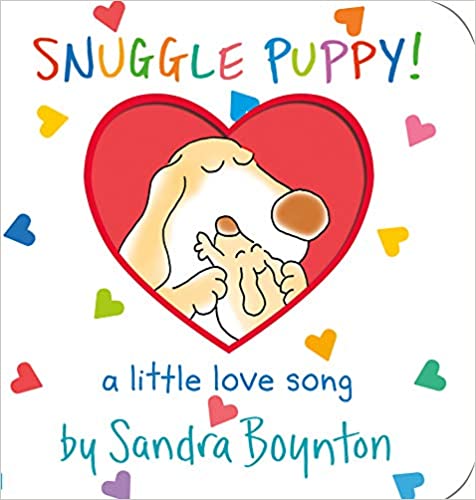
The simplicity of this book is one of the characteristics I admire most about it. While reading Snuggle Puppy with your young child, take advantage of the wonderful illustrations. The pages of this storybook are filled with images of a parent dog and its puppy. Explain to your child that the parent dog is taking care and loving the puppy, just like people do. You can also expand the discussion with your young child: What is the puppy making at the beginning of the story? What are some of the activities pictured throughout the book? How can you tell the parent dog loves its puppy?
I adore that this storybook is intended to be sung as a lullaby! Because of the way the words are written, it can easily be sung or rhythmically spoken. Feel free to add your own creativity or create your own melody while using this book with your child. If you prefer to use a pre-recorded version, below is a recording of the song, sung by Eric Stoltz, originally composed by Sandra Boynton:
Snuggle Puppy
To add to this storybook, you’ll find below an activity to make a puppy out of hearts. Your child can practice many fine motor skills in this activity, such as coloring, cutting, and pasting. This activity will also allow for creative self-expression for your child. Encourage your child to color the puppy however they would like!
We hope you enjoy using this storybook in your child’s schooling adventures, whether they be attending in-person, remotely, or both!
If you wish to purchase this book on Amazon, click here.
Happy reading!
The post Book: Snuggle Puppy was written by Kayla Davitt and first published on Upstate Music Therapy Center.
Emotional Wellbeing in Our Children: What Should We Look For?
Masked Communication: Helping Young Children
Young children look for emotional cues from caregivers to help interpret the environment. They rely on their caregiver’s facial expressions, tone of voice, and body posture to identify and understand emotions. There is much controversy on mask-wearing and at what age...
Book: Way Down Deep in the Deep Blue Sea
Blog post written by Kayla Davitt, MT-BC Song performed and recorded by Jamie Swieringa, MT-BC A sea turtle. A dolphin. A great white shark. These are just some of the creatures you may think of when picturing yourself swimming in the ocean. With this...

